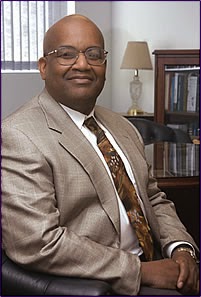First half-hour: Richard Gage AIA discusses the new 9/11 Debate Challenge from Architects and Engineers for 9/11 Truth. AE911Truth.org is putting up $1,000 in the faint hope of enticing a credentialed building professional to defend the NIST version of what happened to WTC Building 7 in a public debate. Richard also discusses his recent appearance on C-Span, and the AE911Truth billboard that’s going up in New York’s Times Square – in a direct challenge to the New York Times and its 9/11 cover-up – throughout the month of September.
Second half-hour: Howard Ross, former Dean of Letters and Science at the University of Wisconsin-Whitewater, blew the whistle when I was politically blacklisted and denied a tenure-track Islamic Studies/Humanities job in 2006. (Permanently blacklisted from the whole UW system, in 2011 I issued a $1,000 9/11 debate challenge asking any University of Wisconsin teacher to debate me and explain why my views are wrong; none are willing and able to do so.)
In this interview Howard Ross, who hired politically blacklisted professor Steven Salaita for his first teaching job, reflects on the sorry state of academic freedom, and freedom in general, in the American academy and the society around it. He suggests that Salaita’s views on Gaza are legitimate criticisms of Zionism run amok, and critiques the brutality and militarization of American police on display in Ferguson, Missouri.


Richard Gage is absolutely right and does a fantastic job of explaining the issue in clear and succinct language, I just love listening to him. His response to the question about mini-nukes was particularly apt and spot on … there simply is no evidence to support the assertion that nukes were involved, and the science behind nukes makes it quite obvious.
Those peddling the mini-nukes meme are either hopelessly clueless about nuclear physics or deliberately misleading for the purpose of dividing the truth community. They rely on the general ignorance of nuclear physics in the wider population to leverage the mini-nukes meme into popular discourse. A few simple facts that can be easily checked can help dispel this pernicious bit of disinfo.
Firstly, there is no such thing as a mini-nuke. Go ahead and google mini-nukes and you will find next to nothing about them. The smallest nukes are about the size of the bombs that destroyed Hiroshima and Nagasaki, and have a look at the damage those nukes did, do you seriously believe something that size was used in Manhattan on 9/11?
Furthermore, a nuclear blast releases a huge amount of energy, including in the visible light spectrum, from a point source. A blinding flash such as would be expected from a nuclear detonation, was not observed. Just clouds of rapidly expanding dust. And the destructive blasts that ripped apart the twin towers on 9/11 began at the top and then raced down the building in a series of explosions. That is clearly observable on the videos of the event. The mini-nuke claims are preposterous and completely unfounded. I have grave concerns about those peddling the mini-nuke meme.
And the assertion by Gordon Duff and others that nano-thermite doesn't exist is patently false. It was developed in US defense contracting laboratories, this is a well documented fact, unlike mini-nukes.
Please, Dr Barrett, do yourself a favour and discard the mini-nukes meme.